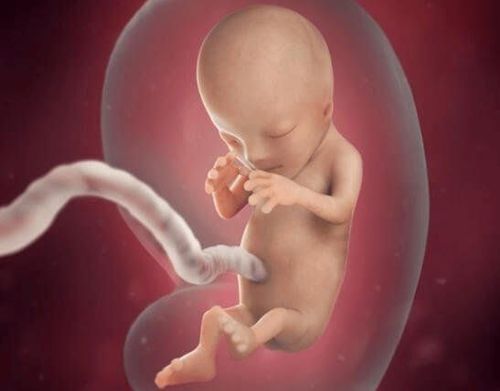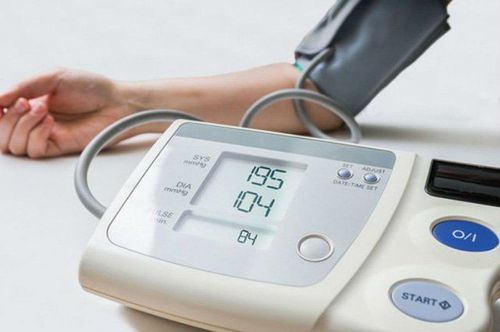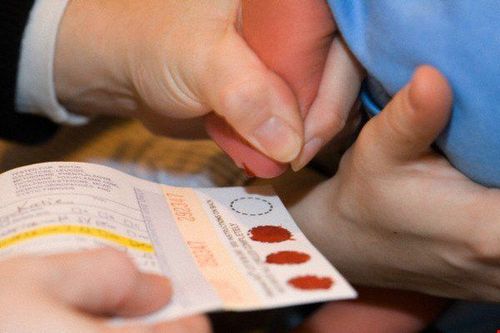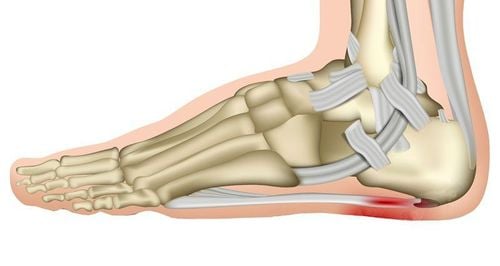Nội dung bạn đang tìm kiếm không có phiên bản tiếng Việt.
Vui lòng chọn tiếp tục để xem nội dung tiếng Anh hoặc đi đến trang chủ Tiếng Việt.
Rất xin lỗi về sự bất tiện này.

Home
Tag Biliary stricture
Articles in Biliary stricture

How is biliary atresia affected?
The condition of biliary stricture can cause many serious consequences for patients such as scarring on the liver, cirrhosis, liver failure, high blood pressure, etc.
Xem thêm

Causes of biliary atresia
Biliary atresia (bile duct stenosis) includes congenital biliary atresia and secondary biliary atresia caused by other conditions. The disease can cause many unpredictable complications such as cholangitis
Xem thêm
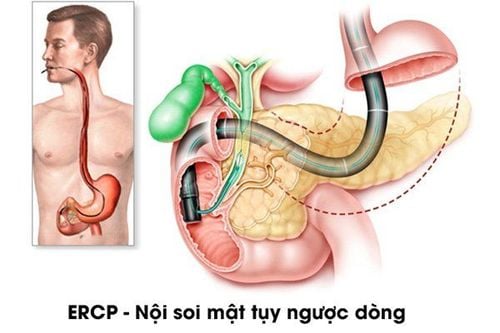
How is endoscopic retrograde cholangiopancreatography performed?
Endoscopic retrograde cholangiopancreatography is an endoscopic technique used to investigate and treat diseases of the biliary tract, pancreatic duct, and gallbladder. The bile ducts are the tubes that carry bile from the liver and gallbladder; The pancreatic duct carries pancreatic juice from the pancreas. Both of these tubes empty into the duodenum, which is the first part of the small intestine. So how is endoscopic retrograde cholangiopancreatography performed?
Xem thêm
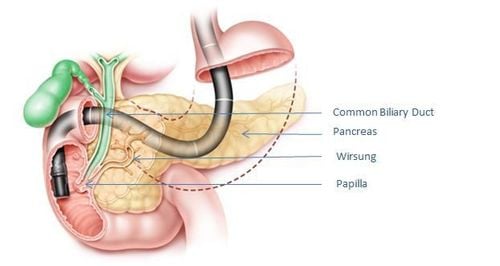
Advantages of endoscopic retrograde cholangiopancreatography at Vinmec
Endoscopic retrograde cholangiopancreatography (ERCP) is an endoscopic technique of duodenum under X-ray light to diagnose and treat a number of diseases of the biliary tract and pancreas. The technique is conducted to insert a catheter into the biliary tract or pancreas through a duodenoscope, through which contrast is injected into the biliary tract or pancreas for the purpose of diagnosing and treating biliary tract disease and pancreatic disease. Endoscopic retrograde cholangiopancreatography is applied in many large hospitals, including Vinmec Hospital. So what are the advantages of endoscopic retrograde cholangiopancreatography at Vinmec?
Xem thêm
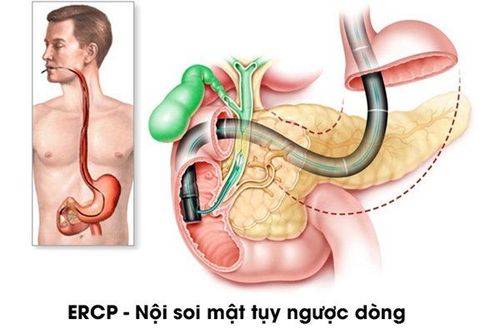
Possible side effects or complications of endoscopic retrograde cholangiopancreatography
Endoscopic retrograde cholangiopancreatography is considered one of the safe and effective methods for the diagnosis and treatment of diseases of the biliary tract and pancreas. However, it also causes many dangerous complications affecting the patient's health after this procedure.
Xem thêm
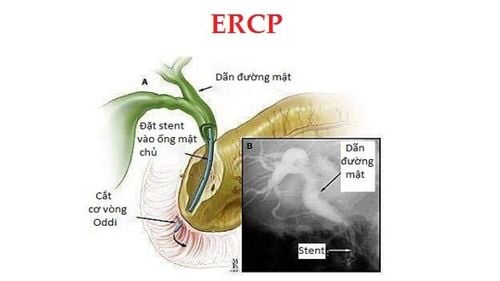
Advantages of endoscopic retrograde cholangiopancreatography (ERCP)
Endoscopic retrograde cholangiopancreatography has many advantages to help diagnose and treat biliary tract diseases and pancreatic diseases. Endoscopic retrograde cholangiopancreatography is applied in many large hospitals, including Vinmec International General Hospital.
Xem thêm
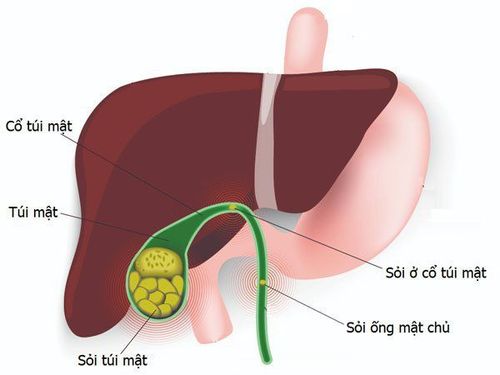
Value of biliary stenting in the treatment of bile duct obstruction
Biliary stenting is a highly advanced technique used to treat bile duct obstruction.
Xem thêm

Spyglass – a new prospect in the treatment of biliary tract disease
Like the endoscopic retrograde cholangiopancreatography, SpyGlass is inserted through the patient's throat, through the stomach, into the bile duct and gives a visual image thanks to the deviated design in 4 different directions, the doctor can observe. images at all 4 quadrants of the entire treatment area.
Xem thêm
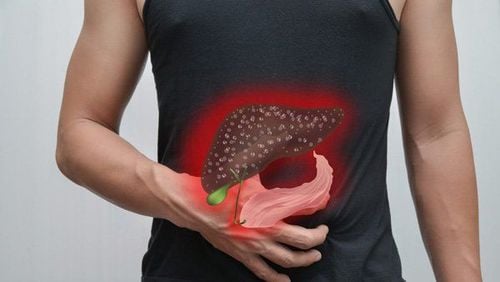
Techniques of using spyglass in the treatment of pancreatic diseases
Studies evaluating the effectiveness of the Spyglass cholangioscopy system have reported that visualization directly improves the accuracy of cholangioscopy results and has a positive good predictive value in the evaluation of patients with symptoms of biliary obstruction of unspecified origin.
Xem thêm
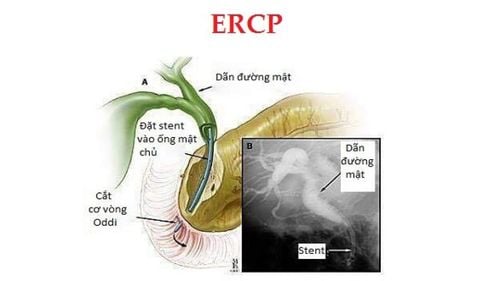
What disease can endoscopic retrograde cholangiopancreatography help diagnose?
Endoscopic retrograde cholangiopancreatography is a minimally invasive endoscopic technique, used to diagnose and treat many different pathologies such as acute pancreatitis due to stones stuck in the ampulla of Vater, worms in the bile ducts, and choledocholithiasis. ,... Let's learn more about this technique with Vinmec experts through the article below.
Xem thêm
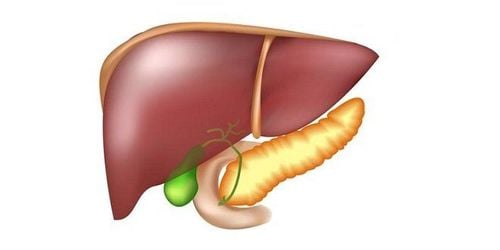
Biliary ischemia: What you need to know
Biliary ischemia is one of the common biliary tract diseases. If not detected and treated early, people with biliary anemia may face unwanted complications.
Xem thêm




